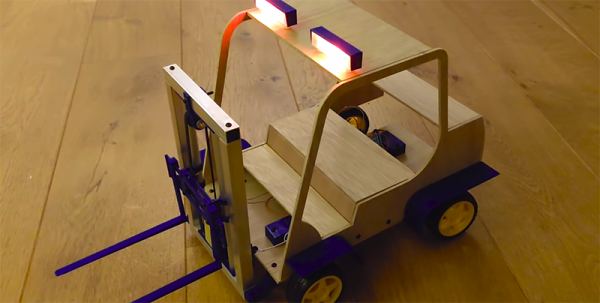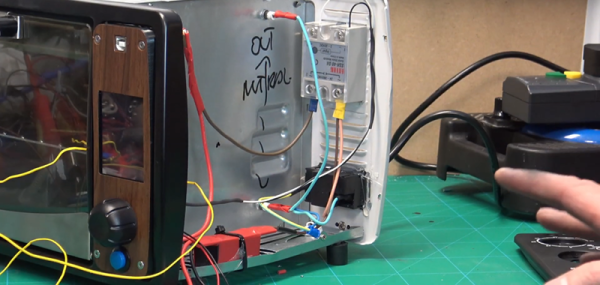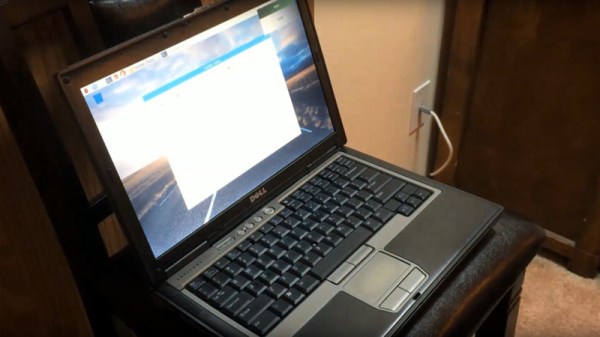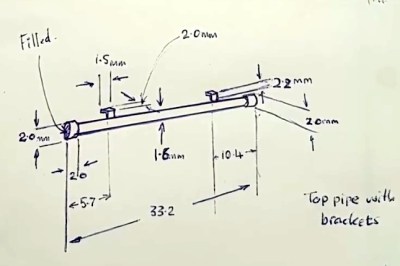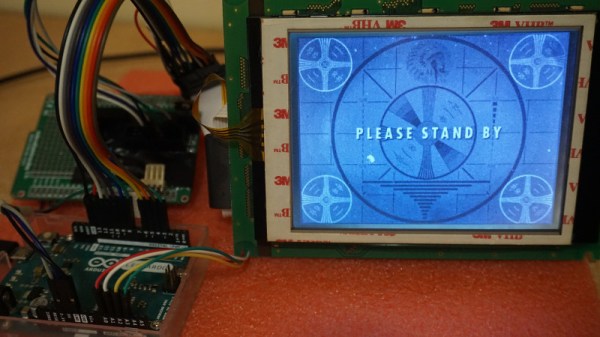If you have a small logistics problem, we have the solution for you. [Leon] built a tiny little forklift with LED lighting, working forks, and remote control using a combination of 3D printing tech, some CNC work, and fine soldering skills.
The electronics for this build are based around a few servos and a pair of geared DC motors and are driven via an Arduino Mega. Connectivity and remote controllability are what you would expect from an Arduinified project. There’s an HC-05 Bluetooth module on the board and remote control is handled by a custom Android app.
Of note in this project are the forks that actually work, almost like a real forklift. This allows the mini Arduino forklift to pick up mini pallets, drop them somewhere, and have mini DIY enthusiasts come up to build mini-furniture for mini-Etsy, which will be prominently featured in the mini foyer of a mini two-story walkup. No, it’s not mini-gentrification; this mini forklift is helping the mini local economy.
You can check out the entire build video below, filmed in the usual maker demo method of speeding up the entire build process but somehow keeping the no-talking audio. We have a lot to thank [Jimmy DiResta] for, and it’s not just cinematography. All the files for this forklift are up on the Github should you want to build your own.
Continue reading “Miniature 3D Printed Forklift Is Quite Pallet-able”

